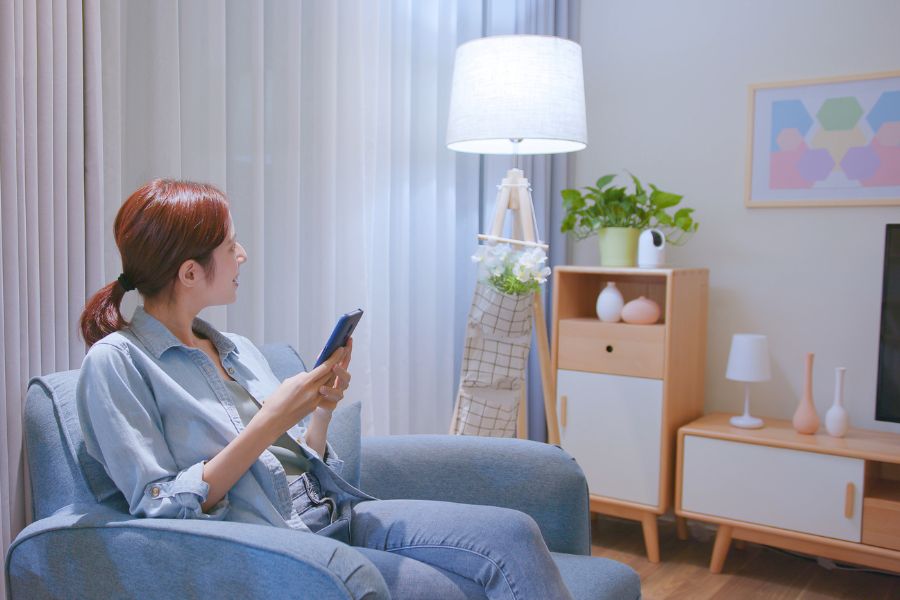Dim-to-warm lighting and tunable white technology are both popular options for residential lighting, offering different ways to adjust the color temperature of light. Here’s a comparison of the two.
Dim-to-Warm Residential Lighting
Functionality: Dim-to-warm lighting fixtures are designed to mimic the warm, soft glow of incandescent bulbs when dimmed. As they are dimmed, their color temperature shifts from a cooler white to a warmer, more yellowish hue.
Control: The color temperature change is typically linked to the dimming function, so as you lower the brightness, the light becomes warmer.
Effect: This type of lighting is often used to create a cozy and inviting atmosphere, making it popular for residential settings, especially in areas where relaxation and comfort are desired, such as living rooms and bedrooms.
Limitations: Dim-to-warm lighting is generally limited to a single-color temperature range, typically from 2700K (warm white) to around 1800K (very warm white).
Other Information to Consider: DMF Lighting Warm Dim: Match The Mood To The Moment

Tunable White Technology
Functionality: Tunable white lighting systems allow you to adjust both the brightness and the color temperature of the light independently. This means you can choose any color temperature within a specified range, usually from a very warm white (around 1800K) to a cool daylight white (up to 6500K or more).
Control: Users can control the color temperature and brightness either manually through a control panel or remotely through a smart device or home automation system.
Effect: Tunable white residential lighting offers a high level of flexibility, allowing users to tailor the lighting to different activities or times of day. For example, you might use cooler, daylight-like light for task-oriented activities during the day and warmer, softer light for relaxing in the evening.
Limitations: While tunable white technology offers more flexibility than dim-to-warm lighting, it may be more complex to install and control, and it may come with a higher cost.
In summary, dim-to-warm lighting is simpler and offers a gradual shift in color temperature as it dims, creating a cozy ambiance. Tunable white technology, on the other hand, provides greater control over both brightness and color temperature, making it more versatile but potentially more complex and expensive to implement in residential settings.
Other Information to Consider: Lightology: Warm Dim & Tunable White Technology
About BStock2Cash Inc.
Our website is a business-to-business multi-vendor marketplace for Custom Integration and Electrical contractor channels. A secure platform for dealers and contractors to buy and sell overstocked and open-boxed items with peer companies without the need to send inventory to a consignment warehouse, which adds cost and is certainly bad for the environment. Users can explore what is offered on the site but to see pricing and communicate with store owners you must be an approved registered user. This protects markets for manufacturers and dealers alike along with the manufacturers’ brand.

0 Comments for “Comparing Dim-To-Warm & Tunable White for Residential Lighting”